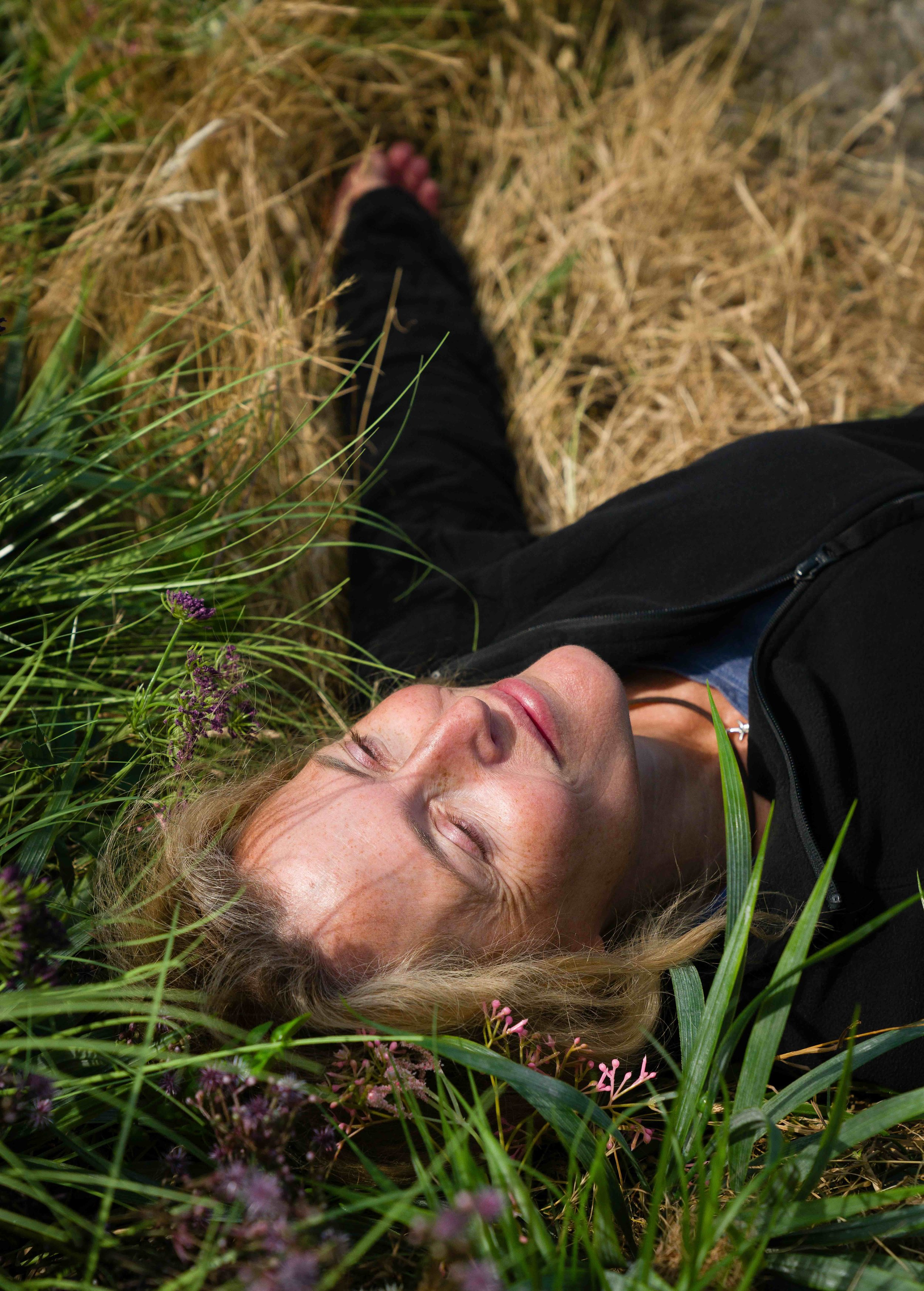Chris Roe Blends Nature and Humanity in 'The Salt Path' Score
Sometimes nature provides us with answers that technology and the modern world cannot. In 2018, Raynor Winn wrote a memoir called The Salt Path. Winn is a long-distance walker who, along with her husband, decided to walk the 630-mile (1,010 km) South West Coast Path. The decision came after her husband was diagnosed with corticobasal degeneration and a business deal gone wrong left the couple homeless. In the film version of their story, the husband and wife duo are played by Jason Isaacs and Gillian Anderson. Their trek is accompanied by composer Chris Roe’s beautiful score that blends nature and emotion to support this immense, interpersonal, and physical journey.
Stories and settings have always been at the heart of Roe’s compositions. When he was creating his first scores, Roe would “write for a story in my mind. It was always a very simple story, like about a castle by a lake. Sometimes it was more like a setting. I never kind of sat and wrote out the story, but it was always important for me to have, for music, to have some kind of narrative.”
Nature and narrative are wholly intertwined in The Salt Path. The characters played by Isaacs and Anderson are trekking through some of the most beautiful sights on the planet. Surrounded by a world that big and beautiful, it’s easy to forget about the problems of humanity for a little while. But The Salt Path isn’t merely a nature documentary. It’s the story of two people, their relationship, and their lives together. Roe’s score needed to thread the needle between the natural beauty and the personal emotions bubbling to the surface.
“We saw nature really as the third character in the film,” Roe explains. “In a natural-history documentary, it’s more about finding the different characters for the animals and kind of making them human.”
“For this film, we wanted nature to be the third character and to really give it a soul,” Roe continues. “The shots, the cinematography, they’re amazing. Those don’t need highlighting in that way, but we wanted to create a sense that nature was magical and we drew these two characters onto the path.”
To give nature a voice, though, is to inherently lay a human hand on a world untouched by people. “I always wanted the music to feel like it was coming out of what we're seeing so that it sort of masked its arrival for each cue. I sort of set myself a rule that I would only use real instruments, and also instruments that are sort of from that region.”
“I bought an English mandolin,” Roe says. “That became a real focus of the sound, as well as folk violin, bass, contrabass flute, and these really natural sounds. No synthesizers, nothing. Not leaning on any sampler instruments like that. I knew I wanted to really sculpt the score from natural things.”
“We also experimented with finding sounds on the instruments that would kind of mimic nature. Ruby Colley, the violinist, did the seagull sound, which I've heard on the cello before, but never on the violin. Seagulls are really important in the sound design of the film. Marianne Elliott, the director, talked about how the seagulls are always there. It's like they’re always mocking you and it's quite a harsh sound. Then, with the flute player, we found these wind and breath sounds to really kind of try and tie together the score and sound design into nature.”
Another means of bringing nature into the composing booth was Roe’s use of salt. He took handfuls and sprinkled them over the English mandolin.
“What was I thinking?” laughs Roe. “When I first get into a project, I like to try different concepts as a way of unlocking a project. For The Salt Path, I had this mandolin. I don't play the mandolin, but it's got eight strings, so I kind of thought, let's tune them all separately. I found a chord that I liked and I knew that we wanted to have an atmospheric sound for that magic of nature that's beckoning them in.”
“I tried sort of bowing it at first. I actually got some goose, which is a thorny kind of bush that grows around that region and tried strumming with that. Then I thought, it'd be cool to get some flaked salt. I set the mandolin up on a table and scattered it onto the strings. I found the actual sound was really interesting because you got this resonating chord that depends which bits of salt hit which strings. I recorded that and then sort of made it into something that I could expand and play around with.”
When asked about his favorite cues from the film, Roe singled out the “Swim” selection. “The ‘Swim’ sequence was one of the highlights of the book for me. It's one of those magical scenes that stays with you. It's the moment where the characters are fully embraced in awe, enveloped in nature and going for this midnight swim.”
“It’s also a moment where the couple has really rediscovered each other,” Roe explains. “It was a real challenge, though, because it's only about thirty seconds long because they're under water. They can’t hold their breath that long. I knew we had about three different themes that we had to get in there: their love theme, nature, and the peregrine theme. It's trying to find a way of getting everything to knit together and have this kind of climax in a short space of time.”
The relationship is the core of The Salt Path and the rhythm of Roe’s score. “Emotionally, the music at the beginning feels more ambient and sort of like it's preparing them to go on this journey. As they embrace the journey and each other, the music becomes more heartwarming and forthright. We never wanted it to become too heroic. It's always done with just soloists to tell their journey. The physical and the emotional journey of the characters really comes through in the score.”




